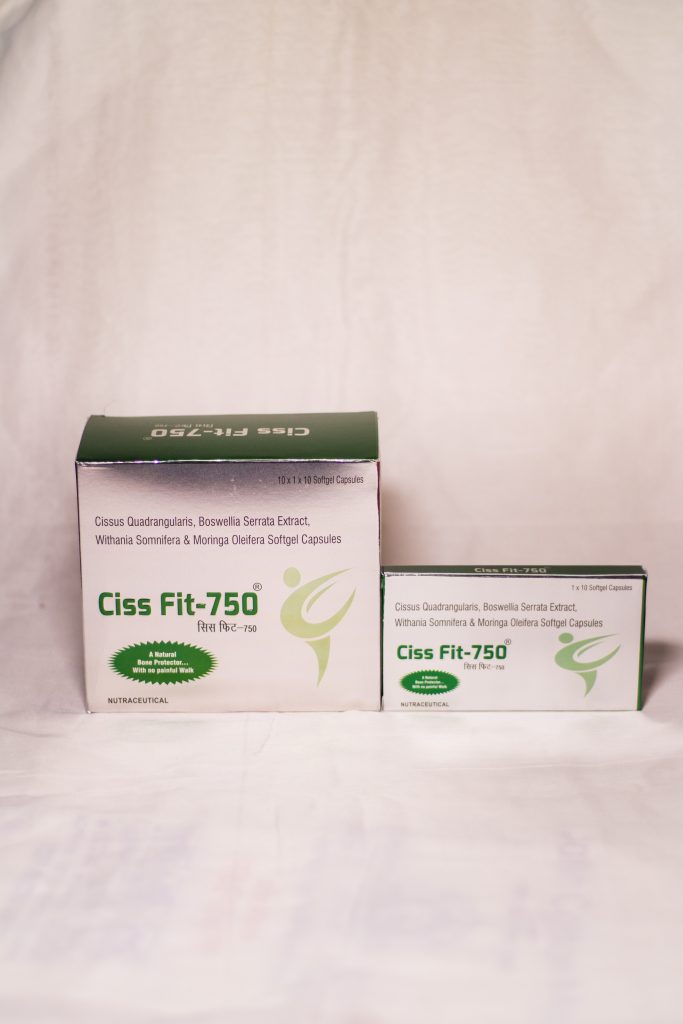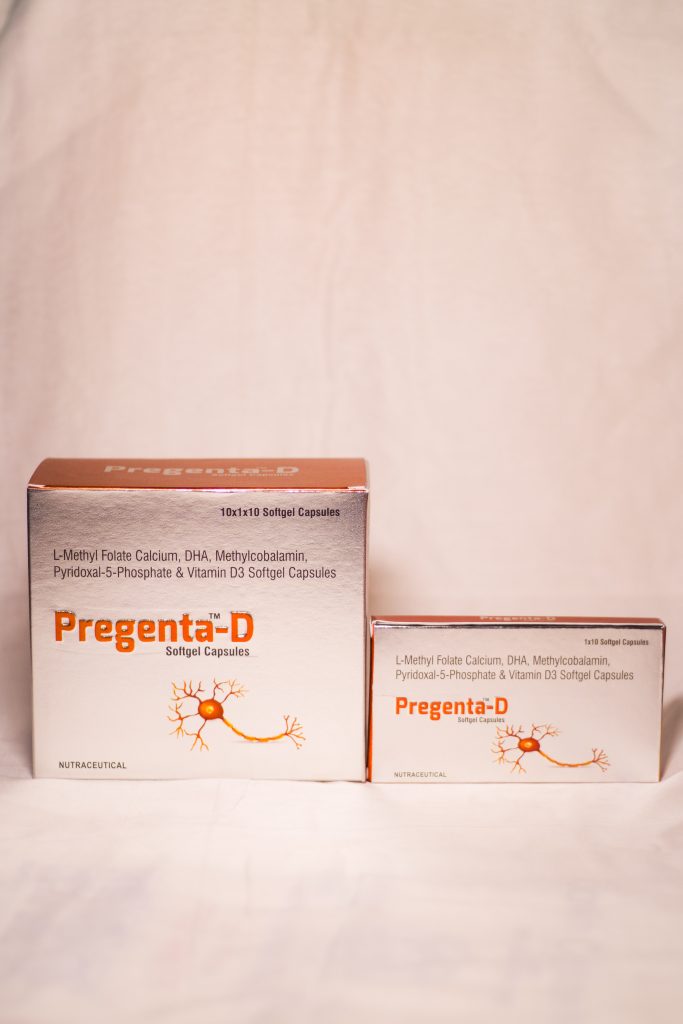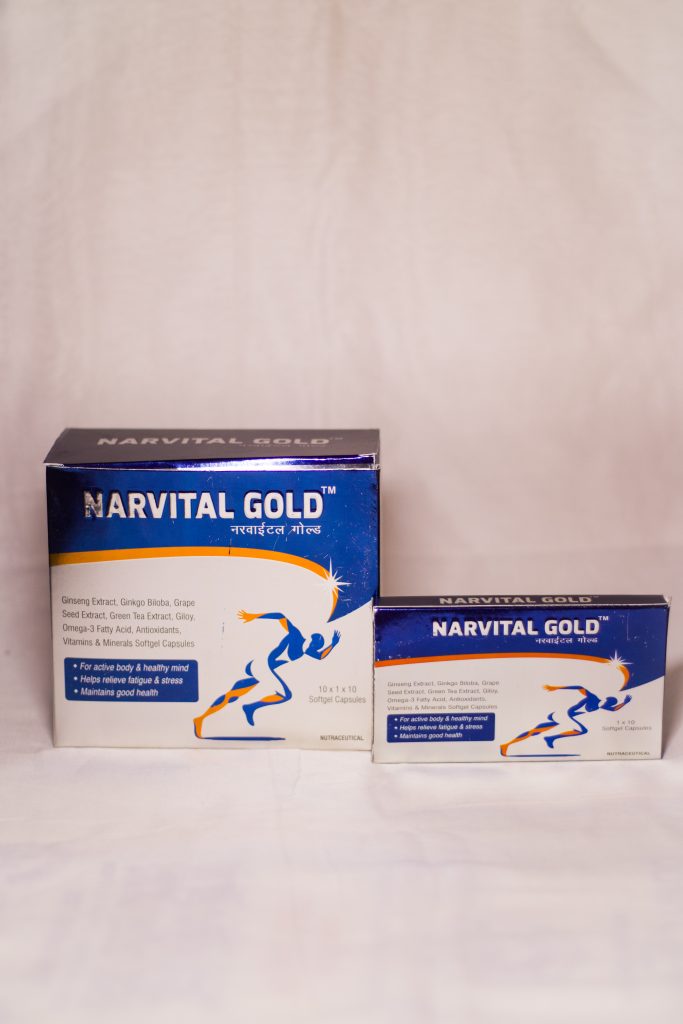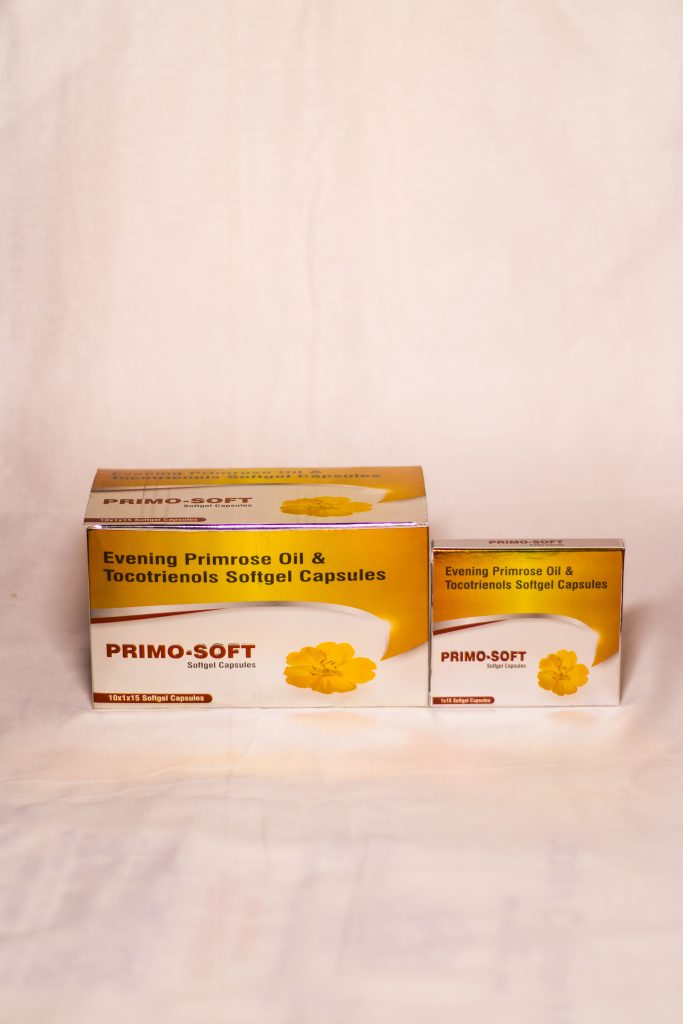Therapies at best pharmaceutical healthcare Services, we offer specialized pharmaceutical and nutraceutical solutions in the areas of osteoporosis, infertility, and nutrition. Our advanced formulations support bone health, helping prevent and manage osteoporosis effectively. In the field of infertility, we provide innovative therapies designed to enhance reproductive health and improve patient outcomes. We also focus on evidence-based nutritional supplements that promote overall well-being and support therapeutic care. Each product is developed with a commitment to quality, safety, and scientific integrity. With a strong R&D foundation and a patient-centric approach, Cienta Biotech is dedicated to improving lives through targeted healthcare solutions.
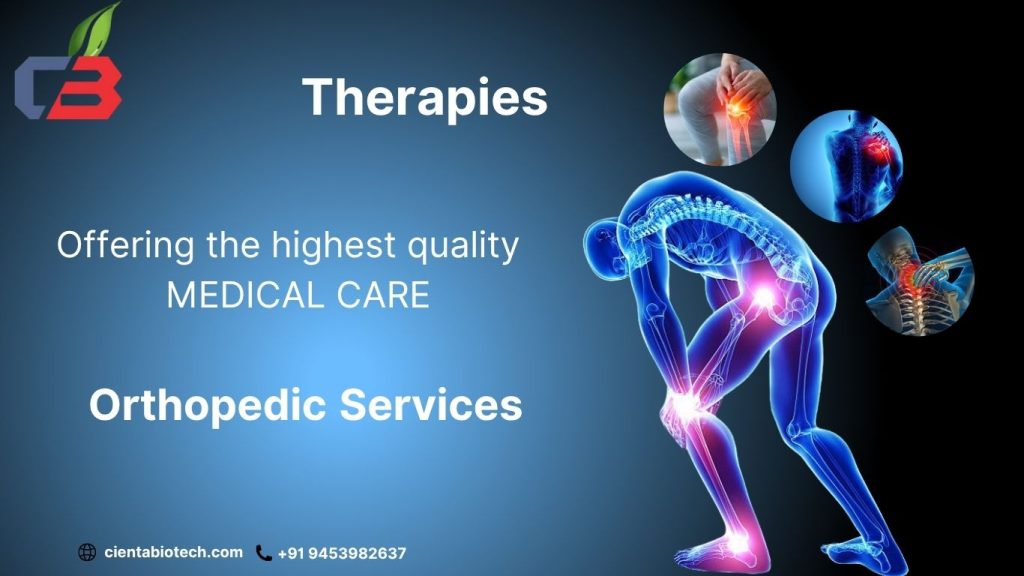
Overview, Risk factors for osteoarthritis, Clinical features: Signs and symptoms, Diagnosis, Treatment
-
Osteoarthritis is among the most widespread forms of arthritis. It involves the gradual breakdown of cartilage—the smooth tissue that cushions joints—as well as damage to surrounding tendons and ligaments, and changes to the underlying bone. This leads to joint pain, stiffness, and reduced mobility.
The likelihood of developing osteoarthritis increases with age. In fact, X-ray findings suggest that around 80% of individuals over the age of 55 show signs of OA, even if they don’t have symptoms. Women, particularly after menopause, face a higher risk of developing osteoarthritis in the knees.
The condition most frequently affects joints that bear weight or are used repeatedly, including the knees, hips, lower back, neck, hands, and feet.
Risk factors for osteoarthritis
- Obesity Older age Women are at increased risk of osteoarthritis
- Diabetes and hyperlipidemia (elevated levels of lipids or cholesterol)
- Low oestrogen levels as experienced by post-menopausal women Heredity
- Joints affected by pain might hurt during or after movement
- Joint stiffness may be most noticeable upon awakening in the morning or after being inactive
- Swelling may be triggered by soft tissue inflammation around the joints
- Tenderness: A Feeling of pain while applying mild pressure
- Loss of flexibility: Reduced ability to move the joints through its full range of motion
- Grating sensation: Feeling of a grating sensation whenever there is a movement in the joints, and there may be a cracking sensation in the joints
- X-ray of the joints reveals cartilage loss with narrowing of the space between the bones in the joint
- X-ray also shows bone spurs around the joint
- Magnetic resonance imaging (MRI) can help provide more information in complex cases
- Non-steroidal anti-inflammatory drugs (NSAIDs) such as paracetamol and ibuprofen can be used
- Physiotherapy: Exercises to strengthen the muscles around the joint can help increase flexibility and reduce pain
- Transcutaneous electrical nerve stimulation: This uses a low-voltage electrical current to relieve pain
- Cortisone injections
- Lubrication injections: Hyaluronic acid injection Joint replacement
OUR BRAND
- Mayo Clinic. Osteoarthritis. Available at: https://www.mayoclinic.org/diseases-conditions/osteoarthritis/diagnosis-treatment/drc-20351930.

-
Infertility is clinically defined as the inability of a couple to conceive after engaging in regular, unprotected sexual intercourse for a period of 12 months or more. This condition affects individuals of both sexes during their reproductive years and is considered a significant medical issue that may have emotional, psychological, physical, and social consequences.
According to the World Health Organization (WHO), infertility is a pressing global health concern that impacts approximately 8% to 10% of couples around the world
The signs and symptoms of infertility in women are:
- Pain during sex
- Menstrual changes like: heavy, long or painful periods, dark or pale menstrual blood, irregular menstrual cycle, premature menopause, polycystic ovarian syndrome, endometriosis (growth of uterine tissue outside the uterus), etc.
- Hormonal changes Anxiety
- The signs and symptoms of infertility in men are: Hormonal imbalance Erectile dysfunction Problems with ejaculation Decreased size of testicles
Female infertility may be caused due to:
- Damaged or blocked fallopian tube, which generally occurs due to untreated sexually transmitted infections or complications of unsafe abortion
- Uterine disorders such as endometriosis
- Imbalance of reproductive hormones. Pituitary cancers and decreased size of the gland, examples of common disorders affecting the reproductive system.
- Ovarian disorders like polycystic ovary disease or ovarian cancer.
Male infertility may be caused due to:
- Reduced sperm production or sperm motility.
- Obstruction of the reproductive tract causing dysfunctionalities in the ejection of semen.
- Hormonal disorders leading to abnormalities in hormones produced by the pituitary gland and testicles.
- History of genital surgery, sexually transmitted infections, chemotherapy and radiotherapy.
- In a few advanced varicocele (an enlargement of veins in the scrotum)
There are five diagnostic evaluation categories for infertility:
- Semen analysis Assessment of ovarian function and reserve Hormonal testing Radiological evaluation of the uterus Fallopian tubes by hysterosalpingogram
According to the gold standard, laparoscopy is indicated as a first-line diagnostic test for suspected pelvic adhesions, endometriosis or other pelvic pathologies, and hysteroscopy is used with saline infusion sonogram to access the uterine cavity abnormalities.
Treatment options are as follows:
- Medical treatment for lack of regular ovulation
- Surgical procedures such as treatment for endometriosis, repair of the fallopian tubes or removal of scarring (adhesions) within the womb or abdominal cavity
- Assisted conception such as intrauterine insemination or in vitro fertilisation
These treatment options aim to eliminate the causes of infertility.
Role of nutritional supplementation in the treatment of infertility
Folate (vitamin B9) is an important nutrient that is involved in oocyte (immature egg) quality and maturation, implantation (a stage at which the embryo adheres to the uterine wall), fetal growth and organ development.
Effects of zinc: In males:
- It accelerates the onset of sexual function Improves sperm count Improves sperm motility and morphology
- Improves testosterone concentration Improves sexual potency
In females:
- It helps in sexual development, ovulation and the menstrual cycle
- Antioxidants such as vitamin B, C and A are responsible for improving cellular damage in semen and improving egg quality.
- Natural astaxanthin increases sperm concentration and linear velocity, thus exerting a positive effect on male infertility.
OUR BRAND
- Infertility. World Health Organization. 2020. Available at: https://www.who.int/news-room/fact-sheets/detail/infertility#:~:text=Infertility%20is%20a%20disease%20of,on%20their%20families%20and%20communities. Accessed 08 March 2022.
- Walker MH, Tobler KJ. Female Infertility. [Updated 2021 Dec 28]. In: StatPearls [Internet]. Treasure Island (FL): StatPearls Publishing; 2022 Jan. Available at: https://www.ncbi.nlm.nih.gov/books/NBK556033/. Accessed 08 March 2022

- Nutrition is an important component for overall wellness and health.
- Nutrition is a process by which substances in the food are transformed into body tissues and provide energy for the physical and mental activities that make up human life.The food that we eat undergoes many processes such as, digestion, absorption into blood and transportation to various parts of the body, and utilises the materials necessary for growth, renewal and maintenance of the body components. The waste products and undigested food are excreted from the body.
Based on an individual’s needs, nutrients are divided into two types:
1. Macronutrients, which are needed in large amounts by the body. They essentially provide energy (or calories) to fuel up the bodily functions.
- Macronutrients are proteins, fats and carbohydrates.
- These macronutrients contribute to the total energy intake as follows:
- 1 gram fat = 9 kcal/g (Cal/g)
- 1 gram carbohydrate = 4 kcal/g (Cal/g)
- 1 gram protein = 4 kcal/g (Cal/g)
2. Micronutrients, are needed in small amounts by the body mostly responsible for building immunity and overall growth and development of the body. Micronutrients are vitamins and minerals.
- Biological factors
- Age Height/weight Gender A host disease Genetic factor
- Non-biological factors
- Poverty Low socio-economic status
Malnutrition occurs due to deficiencies, excesses, or imbalances in a person’s intake of energy and/or nutrients.
Based on conditions, malnutrition can be:
- Undernutrition: Wasted growth (low weight-for-height), stunted growth (low height for age and underweight (low weight-for-age).
- Micronutrient-related malnutrition. This occurs due to the lack of important vitamin and minerals or micronutrient excess.
- Overweight, obesity and diet-related noncommunicable diseases (such as heart disease, stroke, diabetes and some cancers).
Nutrition is a basic element of health. Adequate nutrition plays a major role in maintaining health and wellness and many disease states.
Growth and development:
- Infant life and child: good nutrition helps in the growth and development during fetal life and childhood. Physical growth, intellectual development, learning and behaviour are essential while growing.
- Adult life: elderly people need special nutrition due to their physiological and chronological changes.
- Women: and lactating mothers require more proteins and nutrients to prevent abortion, growth retardation and low birth weight in infants and provide adequate breast-feeding for their babies. Good nutrition prevents miscarriage and helps in healthy breast-feeding habits for babies.
- Specific deficiency disease: A good nutrition is essential to prevent nutritional deficiency diseases such as protein energy malnutrition, blindness, goitre (enlargement of thyroid gland), low haemoglobin, beriberi (vitamin B1/thiamine deficiency), rickets (vitamin D deficiency), etc. are common in India. It also helps to prevent increased incidence of abortion, prematurity, stillbirth and low birth weight babies in malnourished mothers and helps in the treatment of deficiency diseases.
- Resistance to infection: Balanced nutrition helps prevent infections like tuberculosis, enhances wound healing and improves the resistance to an individual’s infection.
- Mortality and morbidity: Malnutrition increases the risk of death, neonatal mortality, stillbirths, and early births. The leading cause of death is prematurity, and poor nutrition leads to obesity, diabetes, hypertension, cardiovascular and renal disorders and causes death.
OUR BRAND
- World Health Organization. Nutrition. Available at: https://www.who.int/health-topics/nutrition. Accessed 11 March 2022.
- World Health Organization. Malnutrition. 9 June 2021. Available at: https://www.who.int/news-room/fact-sheets/detail/malnutrition. Accessed 11 March 2022.
- National institute of health. Available at: https://ods.od.nih.gov/pdf/factsheets/Omega3FattyAcids-Consumer.pdf. Accessed 14 March 2022.

Introduction:
-
PMS (Premenstrual Syndrome) refers to a group of physical, emotional, and behavioral symptoms occurring in the luteal phase of the menstrual cycle, typically a week before menstruation.
-
Mastalgia is breast pain, often related to hormonal changes during the menstrual cycle, pregnancy, or other conditions.
-
FBD (Functional Bowel Disorder) encompasses digestive system symptoms like bloating, pain, and irregular bowel movements, often linked with hormonal fluctuations in women.
These conditions are frequently interrelated through hormonal imbalances and can affect a woman’s quality of life.
Features:
-
Hormonal imbalance is a key factor in PMS and mastalgia.
-
Symptoms can include mood swings, breast tenderness, acne, bloating, and digestive discomfort.
-
Functional Bowel Disorder symptoms often overlap with hormonal cycles, affecting gastrointestinal function.
Benefits of Nutritional Support (like Evening Primrose Oil & Vitamin D3):
-
Helps regulate hormonal fluctuations.
-
Supports skin health and reduces inflammation.
-
Alleviates breast pain and discomfort.
-
Improves digestive function and overall well-being.
OUR BRANDS
REFERENCES
- Healthline. PMS: Premenstrual Syndrome Symptoms, Treatments, and More. Available at:
https://www.healthline.com/health/premenstrual-syndrome. Accessed on 4 March 2022. - ACOG. Premenstrual Syndrome (PMS). Available at:
https://www.acog.org/womens-health/faqs/premenstrual-syndrome. Accessed on 3 March 2022. - Medicine Net. Premenstrual Syndrome (PMS). Available at:
https://www.medicinenet.com/premenstrual_syndrome/article.htm. Accessed on 3 March 2022. - Health Library. Risk Factors for Premenstrual Syndrome (PMS). Available at:
https://www.winchesterhospital.org/health-library/article?id=20024#:~:text=Women%20who%20are%20overweight%20or,%2C%20sexual%2C%20or%20emotional%20trauma. Accessed on 4 March 2022. - Mayo Clinic. Premenstrual Syndrome (PMS). Available at:
https://www.mayoclinic.org/diseases-conditions/premenstrual-syndrome/diagnosis-treatment/drc-20376787. Accessed on 3 March 2022. - Office on Women’s Health. Premenstrual Syndrome (PMS). Available at:
https://www.womenshealth.gov/menstrual-cycle/premenstrual-syndrome. Accessed on 4 March 2022.


